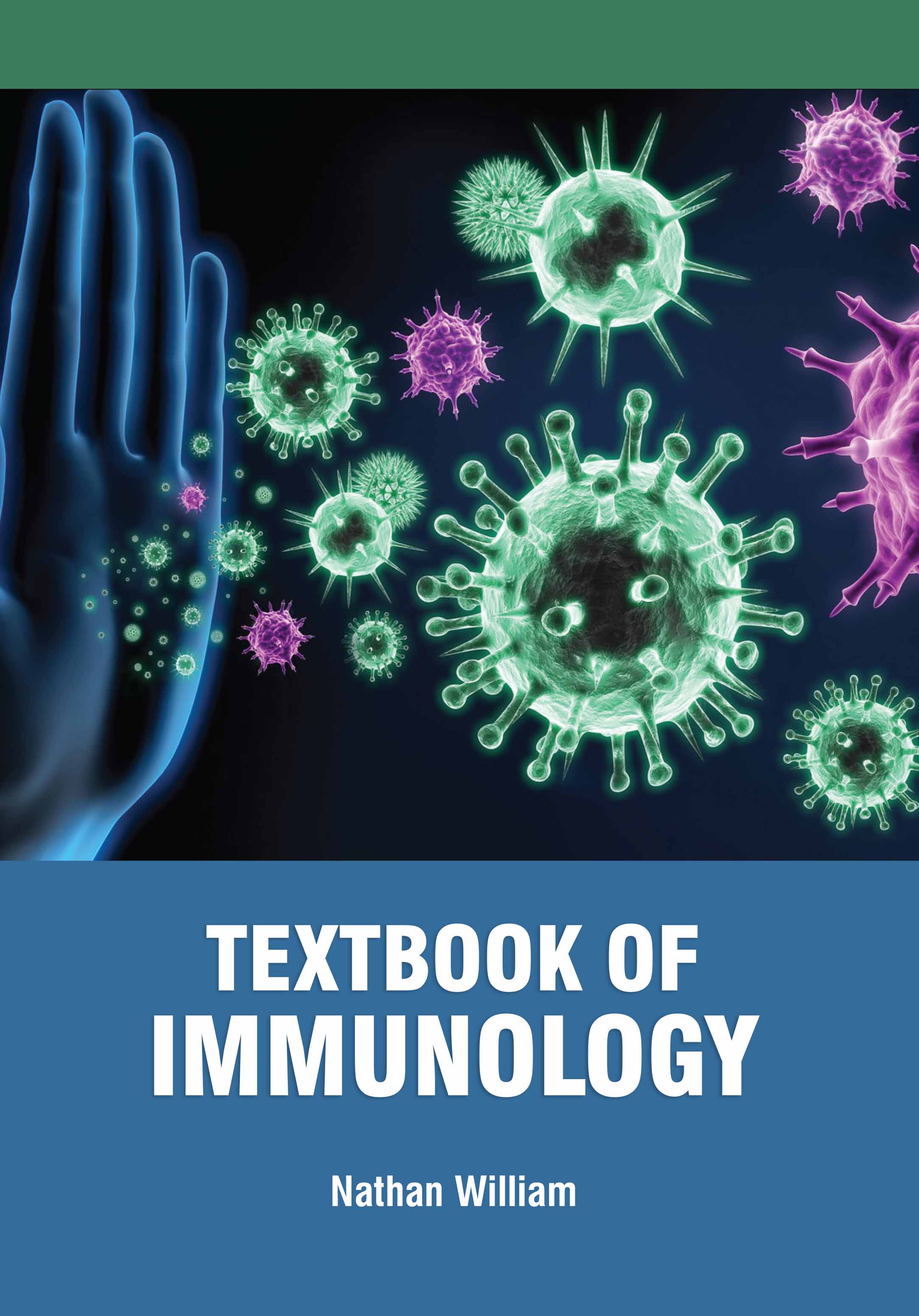About This Book
Plant cell and tissue culture is a technique used to grow plant cells, tissues, or organs under
controlled, sterile conditions on a nutrient medium. It plays a significant role in plant breeding,
genetic research, and the production of genetically uniform plants. The technique involves
isolating plant cells or tissues, such as meristems, and placing them on nutrient media where they
can proliferate and develop into whole plants. One of the key applications of plant cell and tissue
culture is clonal propagation, where genetically identical plants are produced from a single parent
plant. This is particularly useful for propagating plants that are difficult to reproduce through
traditional methods. It also aids in the mass production of high-value crops, such as orchids and
bananas, as well as in the preservation of endangered plant species. Another major application is in
genetic transformation, where plant cells are transformed using techniques such as
Agrobacterium-mediated transformation or gene gun technology. This allows for the introduction
of foreign genes into plant genomes, enabling the development of genetically modified plants
with desirable traits like pest resistance or drought tolerance. Plant cell and tissue culture also plays
an essential role in studying plant development and responses to environmental factors under
controlled conditions. Plant Cell and Tissue Culture provides an in-depth exploration of the
techniques and applications of plant cell culture in research, agriculture, and biotechnology.
Contents: 1. Anatomy of Plant Cells: Structure and Function, 2. Techniques for Studying Plant Cell
Biology, 3. Applications of Plant Cell Expansion in Biotechnology, 4. Plant Tissue Culture Media,
5. Simple and Complex Permanent Tissues, 6. Mitochondria: Power Plant of Cell, 7. Necessary
Elements for Plant Tissues, 8. Sexual Reproduction and Life Cycle in Plants, 9. Applications of
Biotechnology in Plant Cell Cultures, 10. Tissue Culture Techniques.

